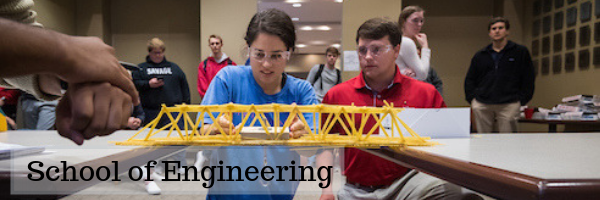
Faculty and Student Publications
Document Type
Article
Publication Date
3-5-2023
Abstract
A quartz crystal microbalance (QCM) is an instrument that has the ability to measure nanogram-level changes in mass on a quartz sensor and is traditionally used to probe surface interactions and assembly kinetics of synthetic systems. The addition of dissipation monitoring (QCM-D) facilitates the study of viscoelastic systems, such as those relevant to molecular and cellular mechanics. Due to real-time recording of frequency and dissipation changes and single protein-level precision, the QCM-D is effective in interrogating the viscoelastic properties of cell surfaces and in vitro cellular components. However, few studies focus on the application of this instrument to cytoskeletal systems, whose dynamic parts create interesting emergent mechanics as ensembles that drive essential tasks, such as division and motility. Here, we review the ability of the QCM-D to characterize key kinetic and mechanical features of the cytoskeleton through in vitro reconstitution and cellular assays and outline how QCM-D studies can yield insightful mechanical data alone and in tandem with other biophysical characterization techniques.
Relational Format
journal article
Recommended Citation
Kerivan, E. M., Tobin, L., Basil, M., & Reinemann, D. N. (2023). Molecular and cellular level characterization of cytoskeletal mechanics using a quartz crystal microbalance. Cytoskeleton, 80(5–6), 100–111. https://doi.org/10.1002/cm.21752
DOI
10.1002/cm.21752
Accessibility Status
Searchable text
Included in
Biomedical Engineering and Bioengineering Commons, Chemical Engineering Commons, Civil and Environmental Engineering Commons, Computer Engineering Commons, Electrical and Computer Engineering Commons, Geological Engineering Commons, Mechanical Engineering Commons

